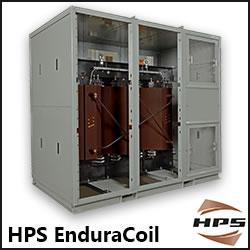Is solar power in nuclear disaster exclusion zones advisable?
 ARNOLD GUNDERSEN for Bulletin of the Atomic Scientists: My own experience near solar arrays in Fukushima Prefecture indicates that the problems of building and maintaining solar installations in a contaminated nuclear wasteland are over-simplified, and worse, totally ignored. One of the greatest burdens of maintaining operating atomic reactors is the cost of working in a Radiologically Controlled Area. (The Lawrence Berkeley National Laboratory defines a Radiologically Controlled Area as: “Any area to which access is managed to protect individuals from exposure to radiation or radioactive materials. Individuals who enter Controlled Areas without entering Radiological Areas are not expected to receive a total effective dose equivalent of more than 0.1 rem (0.001 Sievert) in a year.”) Each nuclear power plant operates with specific instructions and constraints, with Radiation Work Permits tailored for each specific maintenance activity. Because special clothing, special respiratory equipment, and special radiation monitoring equipment are routinely required to perform even minimum maintenance activities inside a nuclear power plant, every activity takes longer, costs more, and requires more people inside each reactor than necessary in any other industrial setting.
ARNOLD GUNDERSEN for Bulletin of the Atomic Scientists: My own experience near solar arrays in Fukushima Prefecture indicates that the problems of building and maintaining solar installations in a contaminated nuclear wasteland are over-simplified, and worse, totally ignored. One of the greatest burdens of maintaining operating atomic reactors is the cost of working in a Radiologically Controlled Area. (The Lawrence Berkeley National Laboratory defines a Radiologically Controlled Area as: “Any area to which access is managed to protect individuals from exposure to radiation or radioactive materials. Individuals who enter Controlled Areas without entering Radiological Areas are not expected to receive a total effective dose equivalent of more than 0.1 rem (0.001 Sievert) in a year.”) Each nuclear power plant operates with specific instructions and constraints, with Radiation Work Permits tailored for each specific maintenance activity. Because special clothing, special respiratory equipment, and special radiation monitoring equipment are routinely required to perform even minimum maintenance activities inside a nuclear power plant, every activity takes longer, costs more, and requires more people inside each reactor than necessary in any other industrial setting.
Consequently, the question becomes: Does building solar panels on land contaminated with nuclear waste resemble work in a normal industrial setting, or is it more similar to work inside a radiologically contaminated atomic reactor—at significantly higher cost? Full Article:
Comments (0)
This post does not have any comments. Be the first to leave a comment below.
Featured Product

